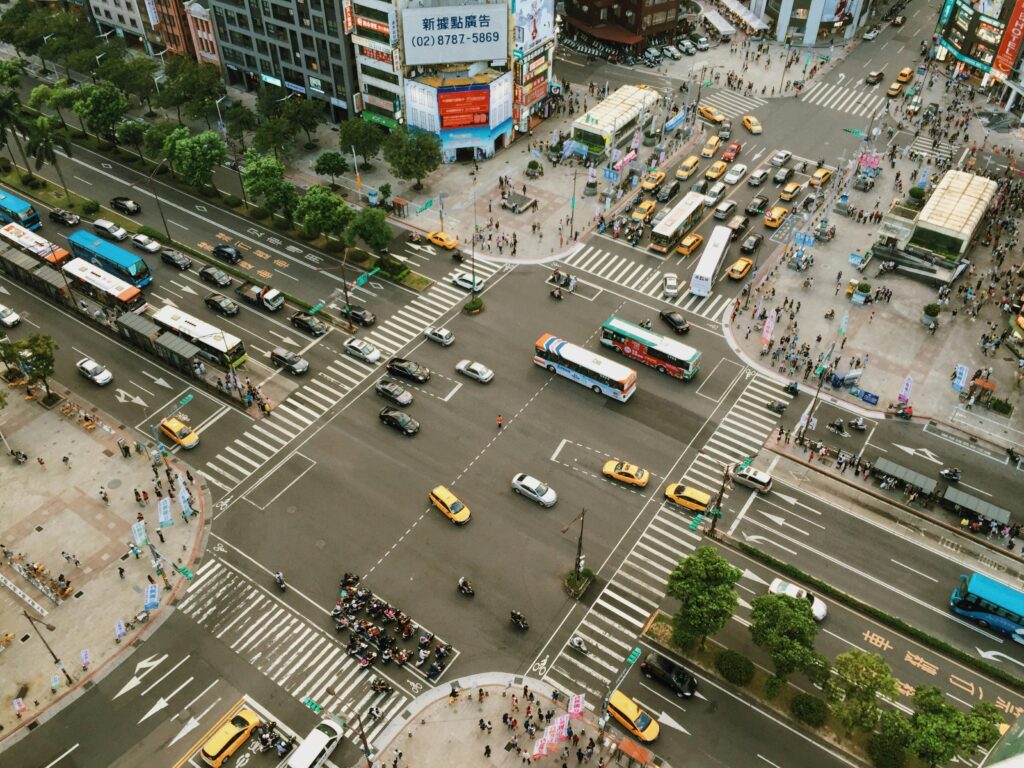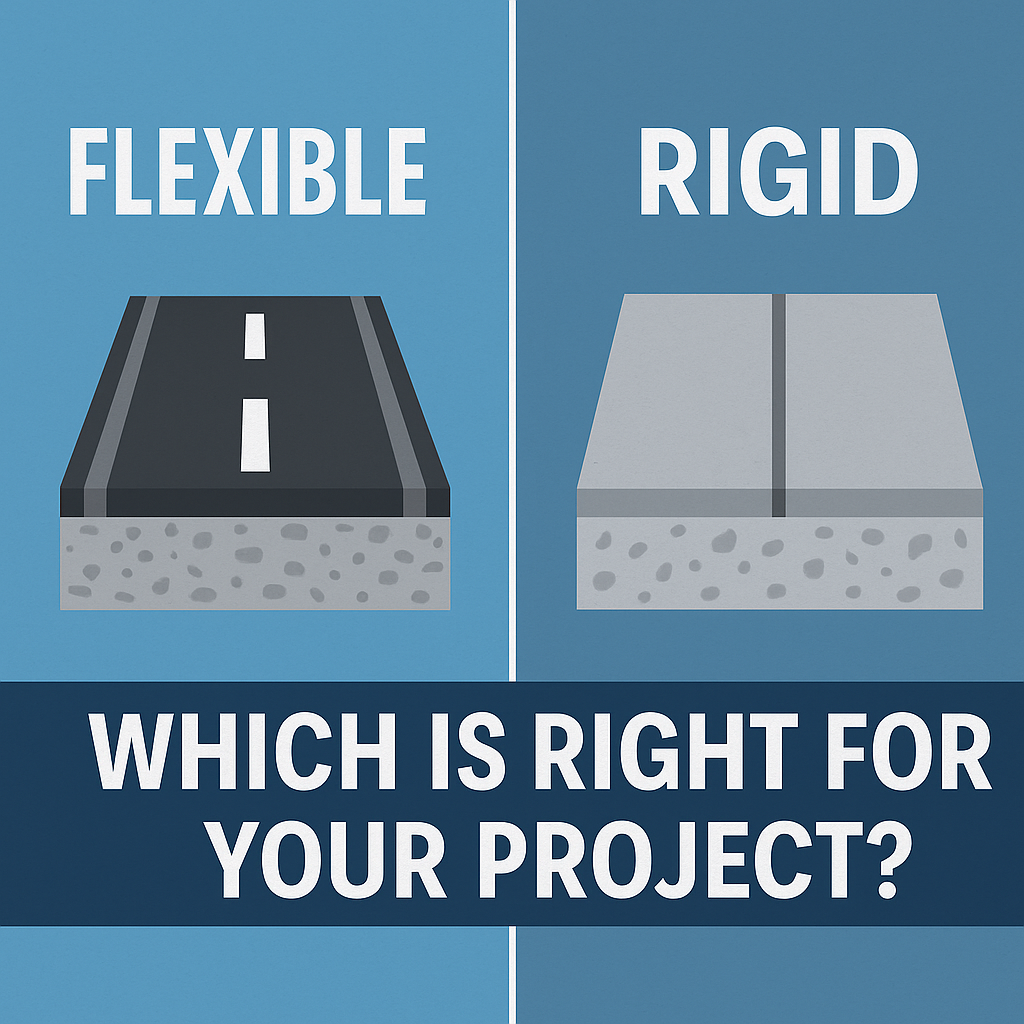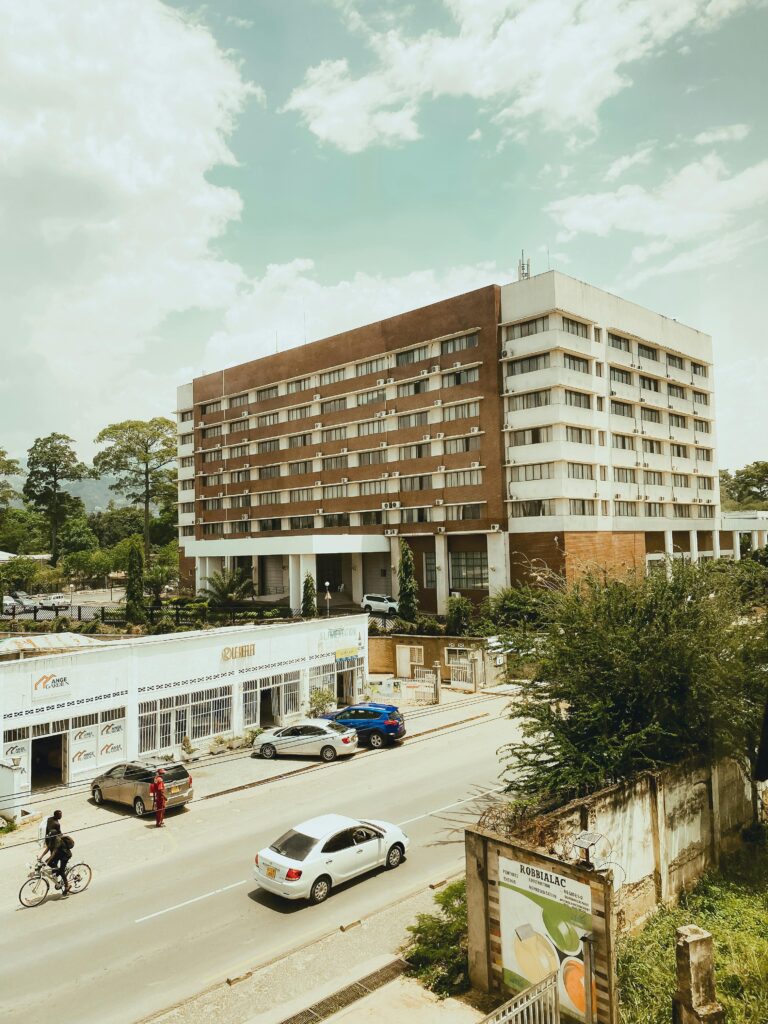Choosing the right type of public transit vehicle is a balance between passenger demand, operating cost, capacity, and corridor constraints. From standard 12 m buses to high-capacity metro trains, each vehicle type has unique strengths and limitations. Planners often start by estimating peak-hour ridership and matching it to the seating and standing capacity of available vehicles. Our Bus Fleet Size Calculator can help quickly determine the number of buses required to meet service goals without overcrowding or wasted resources. The table below compares common transit vehicle types and their typical passenger capacities.
Transit Vehicle Capacity Comparison
| Vehicle Type | Length | Seating Capacity | Standing Capacity | Total Capacity | PPHPD* (at 5-min headway) | Typical Applications |
|---|---|---|---|---|---|---|
| Mini Bus | 7–9 m | 18–25 | 10–15 | 28–40 | 336–480 | Feeder routes, rural service, narrow streets |
| Standard Bus | 12 m | 40–45 | 30–45 | 70–90 | 840–1,080 | Urban routes, suburban feeders |
| Articulated Bus | 18 m | 55–65 | 55–75 | 110–140 | 1,320–1,680 | High-demand BRT corridors |
| Double-Decker Bus | 12–13 m | 65–80 | 20–30 | 85–110 | 1,020–1,320 | Long routes, tourism, high-seating demand |
| Light Rail Vehicle (Single Car) | 25–30 m | 60–70 | 80–100 | 140–170 | 1,680–2,040 | Urban light rail lines |
| Metro/Heavy Rail (Per Car) | 20–23 m | 50–60 | 90–110 | 140–170 | 1,680–2,040 | Metro/subway systems |
| Metro Train (6-Car Set) | ~130 m | 300–360 | 540–660 | 840–1,020 | 10,080–12,240 | High-frequency metro |
| Commuter Rail Coach | 25–26 m | 90–110 | 20–40 | 110–150 | 1,320–1,800 | Suburban/intercity |
| Tram/Streetcar | 20–30 m | 50–60 | 60–80 | 110–140 | 1,320–1,680 | Urban mixed-traffic or dedicated ROW lines |
*PPHPD = Passenger Per Hour Per Direction at 5-minute headway (12 vehicles/hour). Higher frequencies increase PPHPD proportionally.
Detailed Overview of Each Vehicle Type
Mini Bus (7–9m)
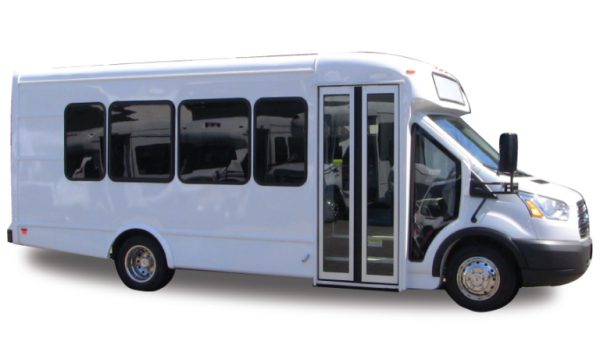
Pros:
- Highly maneuverable in narrow streets.
- Low purchase and operating costs.
- Ideal for low-demand feeder services or rural areas.
Cons:
- Low capacity makes it unsuitable for busy routes.
- Fewer amenities; shorter service life in high-use conditions.
Standard Bus (12m)
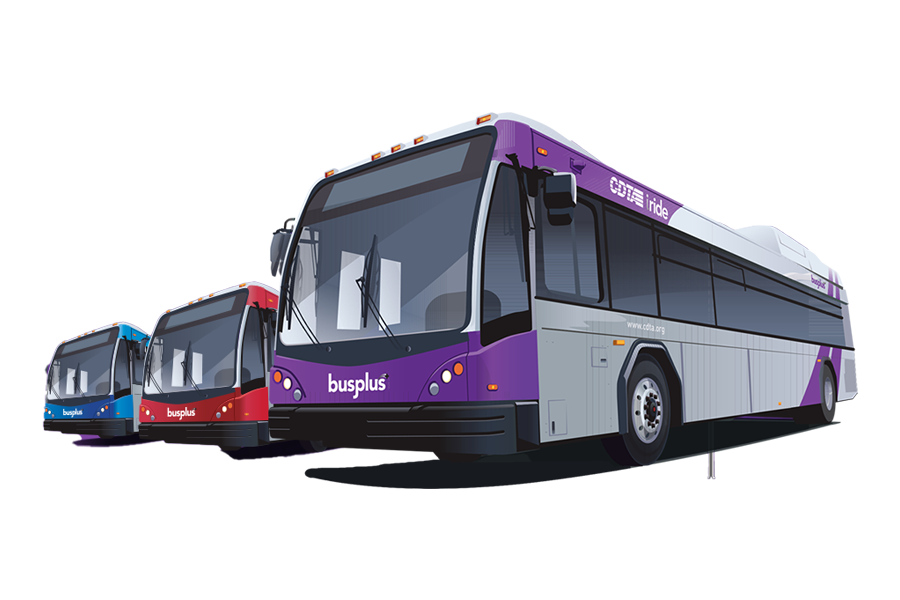
Pros:
- Industry standard for urban bus service.
- Flexible operation in mixed traffic or bus lanes.
- Compatible with most city bus depots and stops.
Cons:
- Limited capacity compared to rail or articulated buses.
- Performance in mixed traffic affected by congestion.
Articulated Bus (18m)
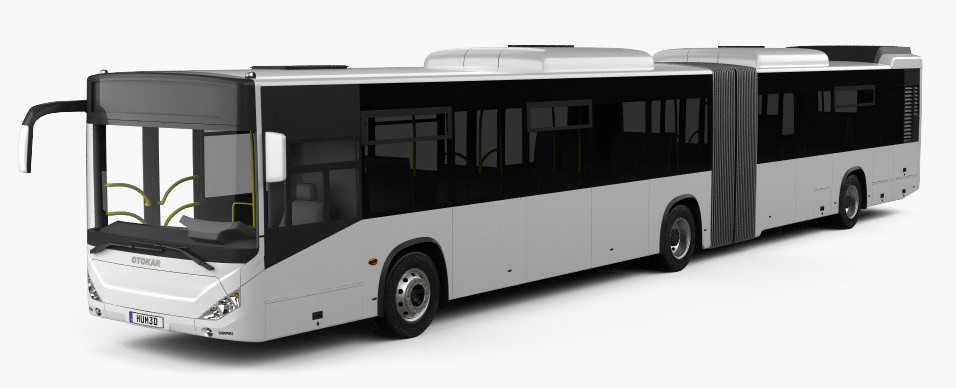
Pros:
- High capacity without requiring double-deck boarding.
- Popular in Bus Rapid Transit (BRT) systems.
- Shorter dwell times than double-deckers (fewer stairs).
Cons:
- Requires longer stops and turning radius.
- Higher maintenance complexity (joint section).
Double-Decker Bus (12–13m)
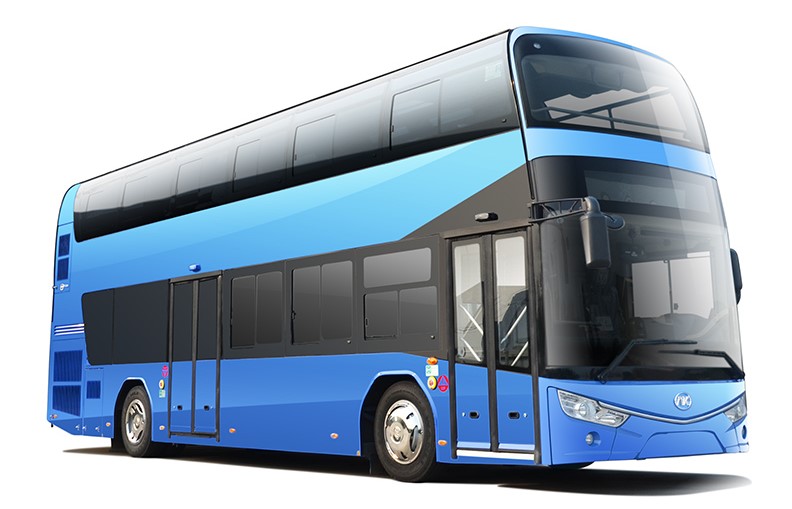
Pros:
- Maximizes seating in footprint of standard bus.
- Scenic appeal for tourism.
- Good for long-distance urban routes.
Cons:
- Boarding/alighting is slower (stairs).
- Requires height clearance along route.
Light Rail Vehicle (LRV)
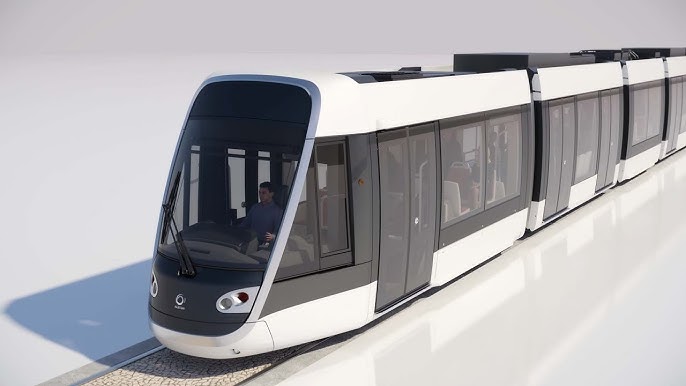
Pros:
- Smooth ride and faster travel times in semi-exclusive ROW.
- Scales easily by coupling multiple cars.
- Environmentally friendly (electric power).
Cons:
- Requires rail infrastructure and dedicated maintenance facilities.
- Higher capital cost than buses.
Metro/Heavy Rail
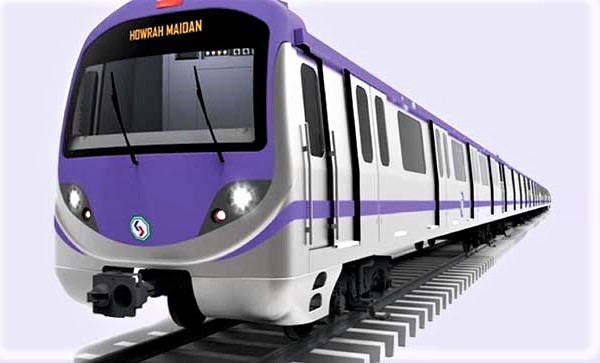
Pros:
- Fully grade-separated — avoids traffic delays entirely.
- Massive capacity when operated at short headways.
- Consistent travel times regardless of road congestion.
Cons:
- Extremely high capital cost.
- Long lead time for construction.
Metro Train (6-Car)
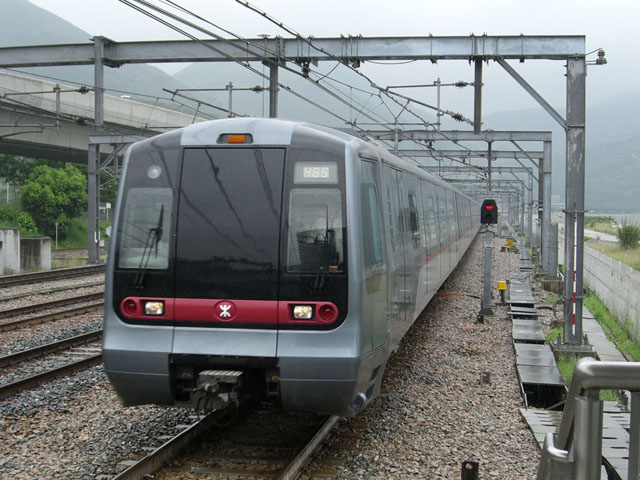
Pros:
- Backbone of high-capacity urban transit.
- Can move thousands of passengers per hour.
- High reliability and low operating costs per passenger.
Cons:
- High infrastructure and operational investment.
- Requires high, sustained demand to justify service.
Commuter Rail Coach
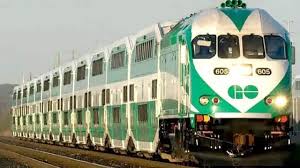
Pros:
- Excellent for long-distance suburban and regional travel.
- Uses existing railway corridors.
- High seating capacity and comfort for longer trips.
Cons:
- Limited service frequency compared to metro.
- Slower acceleration and longer dwell times.
Tram/Streetcar
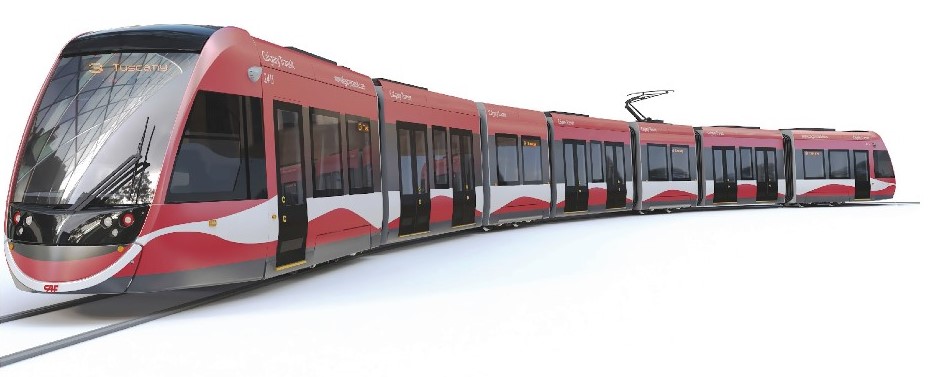
Pros:
- Blends into urban environment; pedestrian-friendly.
- Lower capital cost than full metro.
- Can be extended or modernized over time.
Cons:
- Vulnerable to road congestion if running in mixed traffic.
- Lower capacity than light rail in dedicated ROW.
Conclusion
When selecting the right transit vehicle for a corridor, it’s important to match capacity with expected demand. Factors such as peak hour ridership, seating and standing space, and desired service frequency all play a role. Tools like our Bus Fleet Size Calculator can help planners determine how many vehicles are needed to meet service targets while avoiding overcrowding or underutilization.

